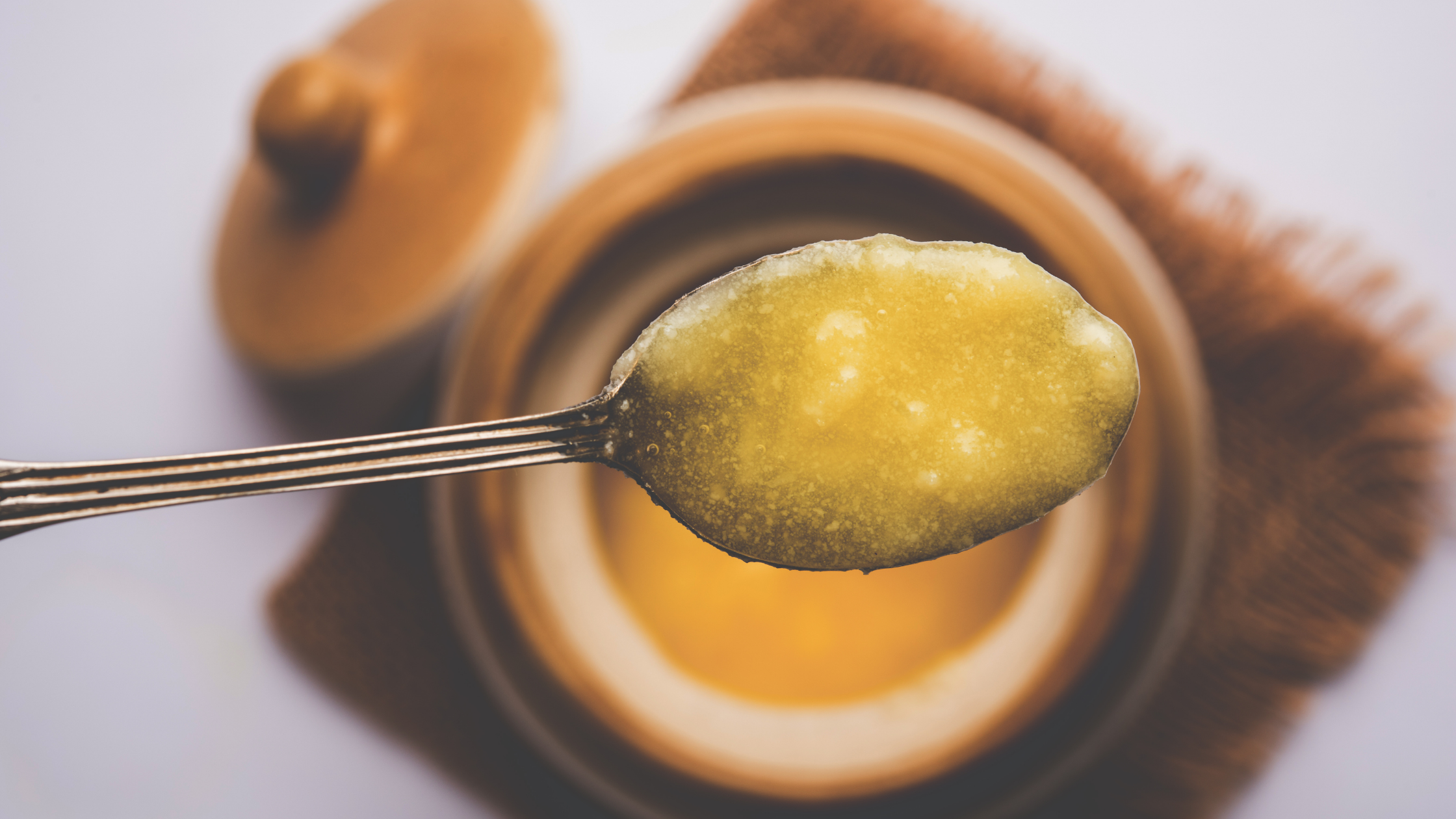this ayurvedic recipe gives mama sustainable energy in labor and immediate postpartum
Indigenous cultures across the world have ancient care practices to nourish a mother after giving birth. One common thread amongst almost all cultural postpartum practices around the world is an easy-to-digest meal immediately after giving birth. Different cultures have their variations on first foods, but they all are very moist, oily, steaming hot and rich in spices that rekindle digestive fires weakened from fatigue after giving birth.
How to make ghee
It is simple to make ghee on your own once you learn how. It takes several hours of monitoring the stove with your attention, however it is much cheaper to make your own ghee than it is to buy pre-made ghee. Here is a simple recipe for how to make ghee from Divya Alter’s Ayurvedic cookbook. When making your own ghee, source unsalted organic, grass-fed, and/or cultured butter.
5 benefits of ghee
Ghee has been used in India for thousands of years. Ghee can be infused with herbs and taken as medicine, or used as an everyday household cooking oil. The Charak Samhita, an ancient Ayurvedic authoritative text states “Out of all the oils fit for human consumption, ghee is the best to eat.” Ghee is known as “liquid gold.” It is glorified throughout the ancient texts of Ayurveda for its taste and health benefits. Many nutritionists and naturopaths today are noticing the value of ghee’s nurturing and nourishing qualities and considering it essential to a healthy diet.



